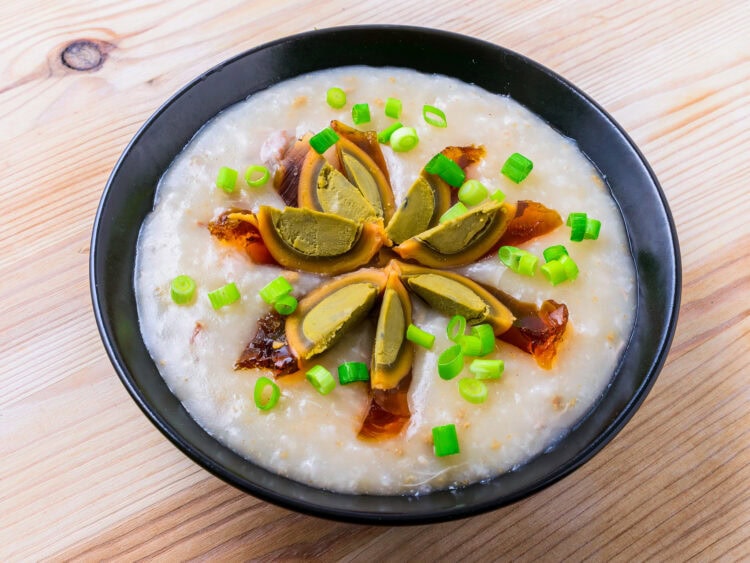A delicious Cantonese rice porridge recipe
Are you a Rice lover? Then you’ve come to the right place. Congee seems to be for many the most comforting way to cook rice, sometimes even with the bare minimum in the fridge.
Soft and scrumptious, this pork and chicken broth-infused rice porridge is far, far far from boring. Believe me
What is Congee?
Rice porridge, or Congee, is one of the simplest dishes to make in Chinese cuisine and yet it remains super delicious! There, it’s typically the kind of dish served for breakfast or when a sick person needs a little something to get back on their feet. And it’s truly ideal for that last one, Congee is a very generous dish without being too heavy.
Simply put, it’s literally a rice porridge—creamy, silky, and smooth. The idea behind congee is to simmer the rice until it completely breaks down. In the end, you end up with a thick, pudding-like consistency, as several bloggers have noted.
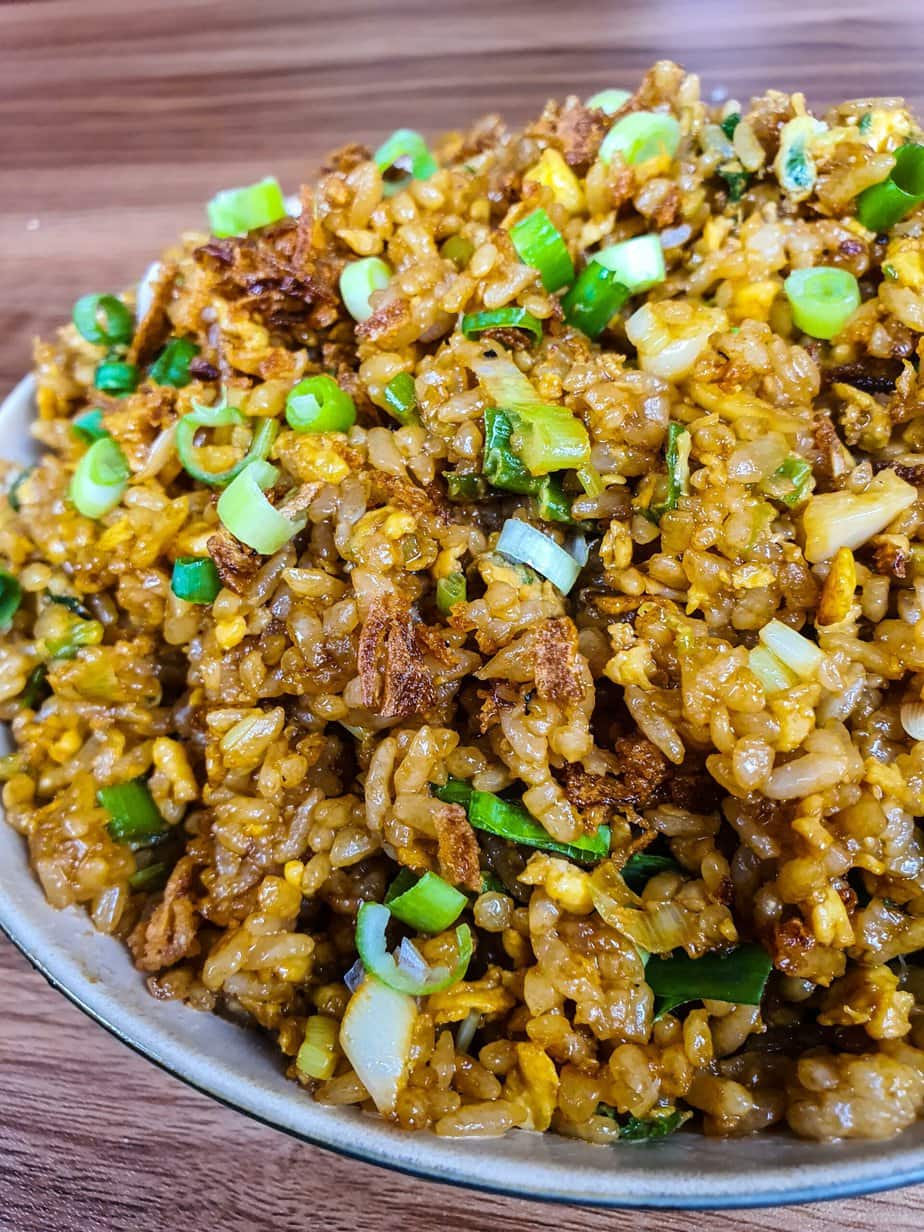
It’s less sexy to describe it this way, but basically, it’s overcooked rice that has absorbed all the broth and that’s what gives it its characteristic consistency and texture. A bit like a risotto, but softer and fluffier. It’s also why you’ll use more water than usual for cooking the rice, to let the grains break down without forming a porridge that’s too thick.
Where Congee is particularly interesting is that it’s a very versatile dish. When I said it’s served at breakfast, that’s not entirely true either. You can actually serve it at any time of the day, in sweet or savory form.
I’ll reveal here the traditional Cantonese Congee recipe and it includes pork ribs, century eggs (which I might not necessarily recommend first thing in the morning) and chicken broth.
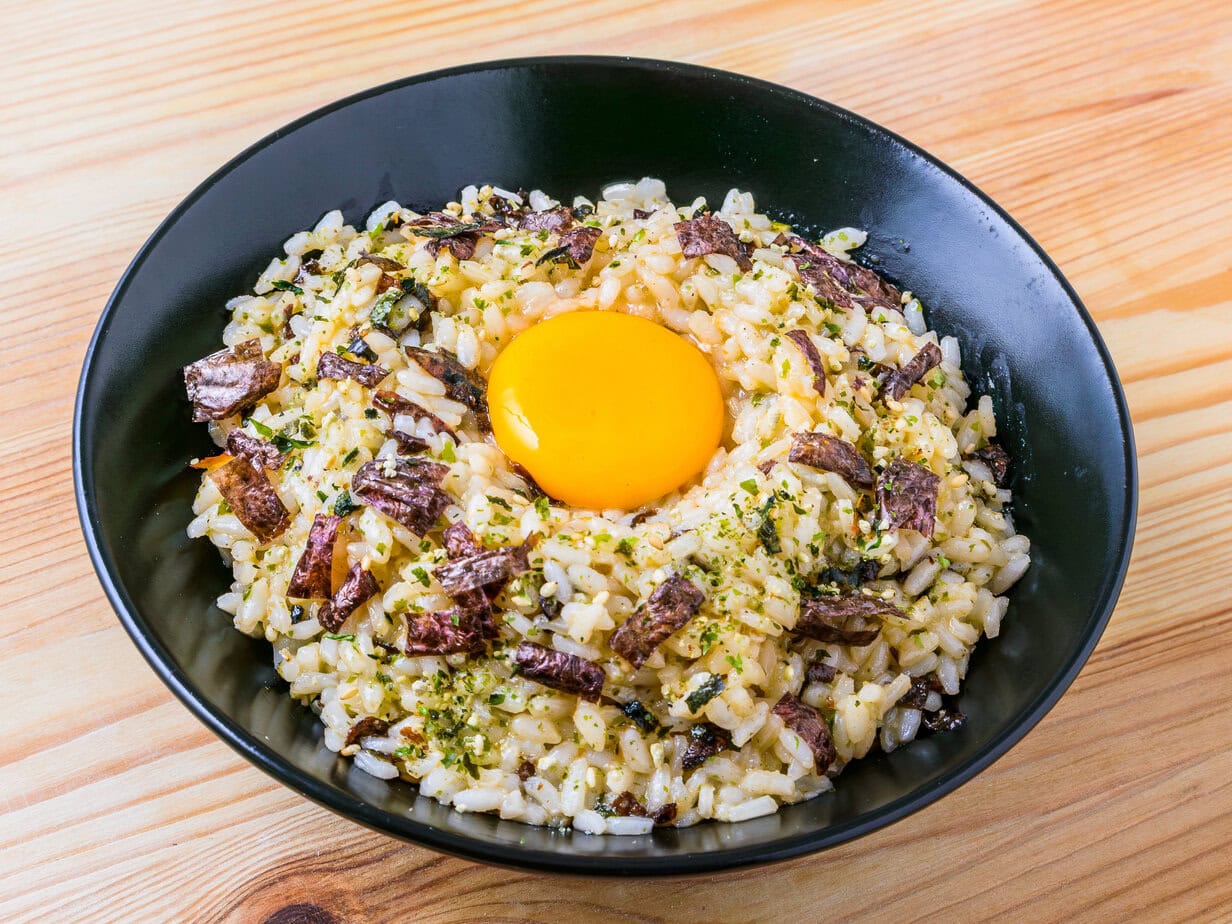
Where does Congee come from?
It’s said that “Congee” is a legacy of “kanji”, a term from an ancient Indian language. Nevertheless, it’s a dish that has a greater historical footprint in East Asian cuisine.
It’s sometimes called “juk” in Cantonese or “zhou” in Mandarin. It’s such a popular dish that you can find different versions in many countries, and its name can vary from one dialect to another, as you can see.
You can find it in Taiwan, Japan, Korea, but also in Indonesia, Cambodia, sometimes even beyond Asia as far as Portugal. It’s therefore difficult to pinpoint exactly where Congee comes from.
It must be said that porridge-type dishes like this one have been prepared for thousands of years in Asia and not just with rice. Local cereals were also used; corn semolina or barley… A practice that has had time to prove itself!
Main Ingredients of Congee
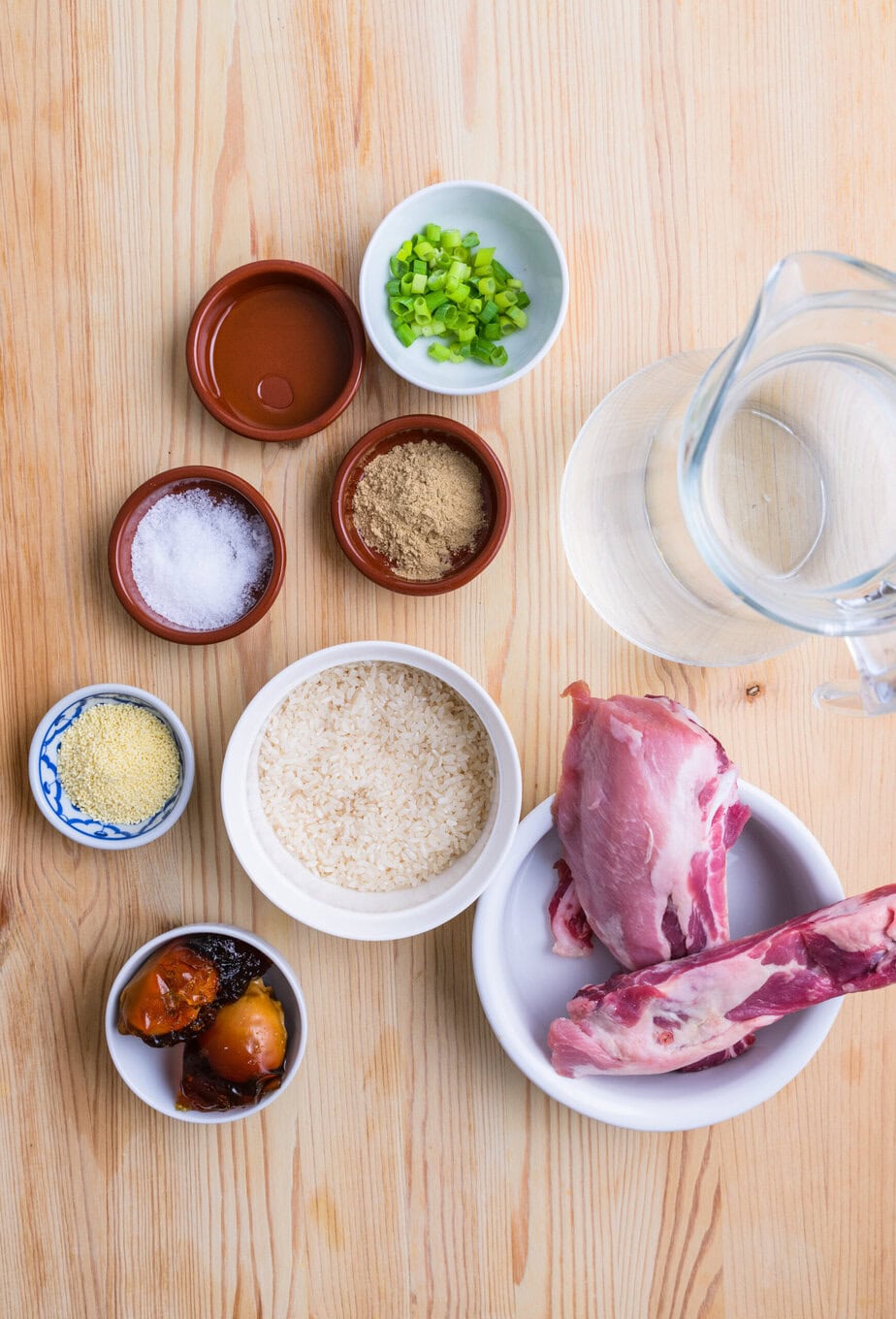
Jasmine rice: the type of rice is a particularly important step. The ideal for Congee is to use medium to long grains, hence jasmine rice. It’s soft and has a delicate consistency; and that’s exactly what we want to achieve with the Congee itself.
If you use short-grain rice, you risk getting sticky rice instead of something creamy and smooth. Note: leftover rice doesn’t work either, the result is often disappointing!
The broth: chicken broth is much more flavorful than just water. It gives more depth and richness to the Congee. It seems to me, moreover, that it’s more interesting to actually use a neutral base (water) if you’re making a sweet Congee. So be it.
In any case, there is a certain water-to-rice ratio to follow that will determine the final texture of the dish. If you prefer thicker porridge, use less water/broth. If you prefer it more liquid, like a soup, simply add a bit more.
Pork ribs: It’s said that meat cooked with the bone is juicier and more flavorful. This is why I recommend keeping the bones in the pork ribs.
Century eggs: They’re always attributed a mysterious aspect and unfortunately, they don’t get the recognition they deserve. When century eggs are well-made, I promise you they’re delicious. On their own, they can almost replace the broth. Don’t judge by appearances; they’re very flavorful and rich in umami.
Tips for how to make a basic rice porrige
Feel free to whisk it at the end of preparation to make it uniform and creamy. Again, if you find it too thick, add water accordingly. Note that doing the opposite is more complicated. Parsimony is the mother of all good Congee.
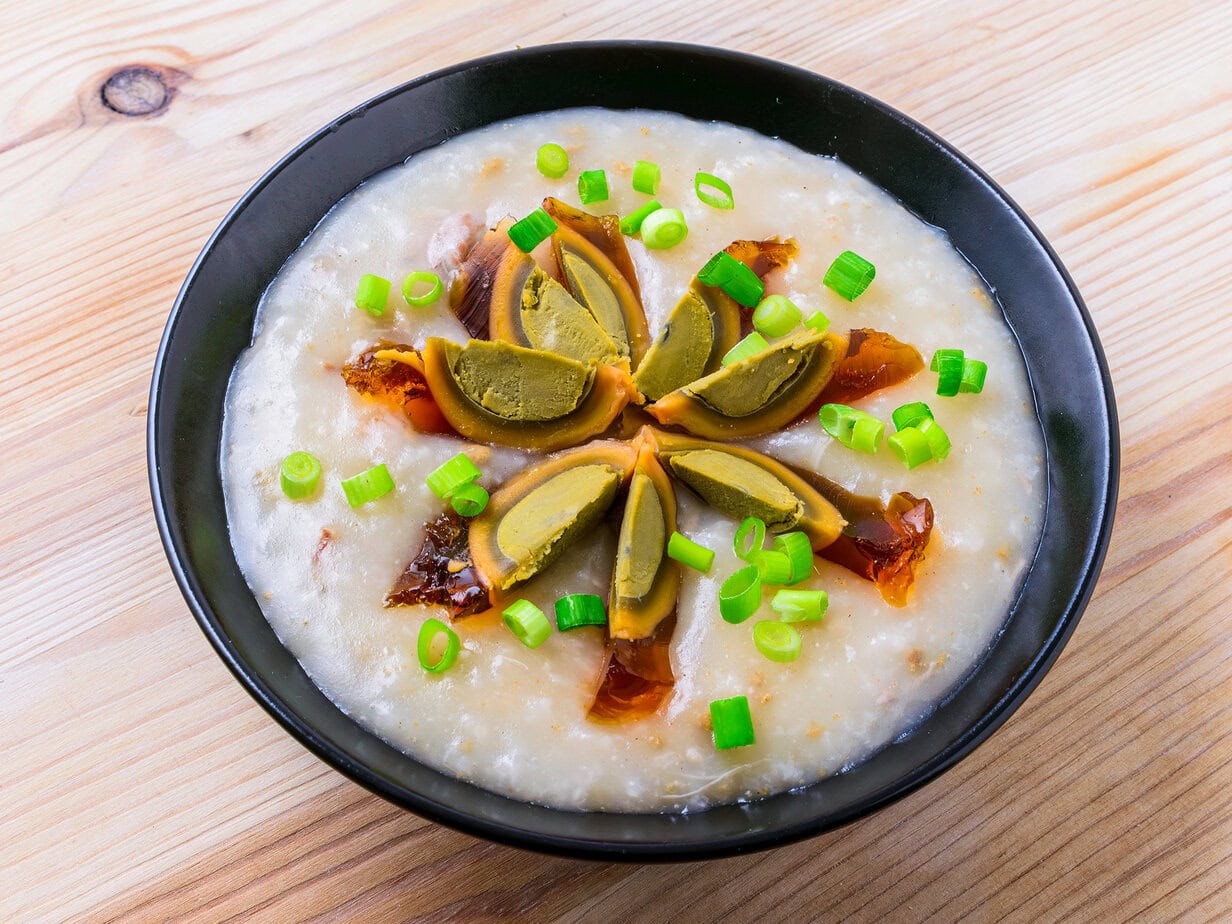
Basic Asian Rice Porridge – Congee
Ingredients
- 90 g of jasmine rice
- 2.5 l water
- 2 pork chops with bone
- 2 century eggs
- 1 teaspoon of powdered chicken broth
- 0.5 teaspoon white pepper
Rice marinade
- 1 teaspoon neutral oil
- 0.5 teaspoon salt
Finishing
- 0.5 teaspoon salt
- Green onion sliced
Instructions
- Gently rinse your rice 2-3 times under cold water (try not to be too rough, we don’t want to remove all the starch)90 g of jasmine rice
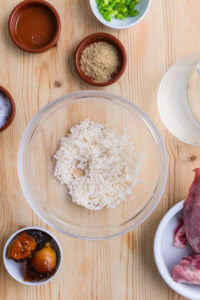
- “Marinate” for 20 minutes with oil and salt. This pre-marination helps break down the outermost layer of the rice grains before cooking1 teaspoon neutral oil, 0.5 teaspoon salt
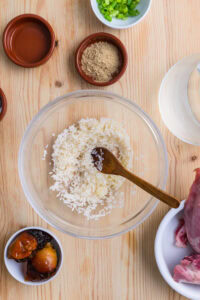
- Blanch the pork for three minutes in boiling water, then rinse.2 pork chops
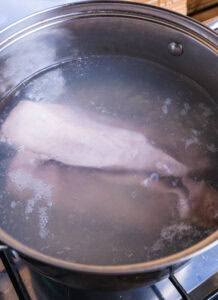
- Bring water to a boil in a pot, then add the pork, marinated rice, and half of the century eggs.2.5 l water, 2 century eggs

- After adding your ingredients, bring to a boil then reduce to a steady simmer. What you’re looking for is a simmer strong enough for the rice to circulate well in the pot. As it hits the side of the pot, the outer layers of the grain will break down, releasing its starch into the soup.
- Cover with a slightly open lid and cook for an hour – stirring every ten minutes to ensure it doesn’t stick to the bottom of the pot and burn.
- Remove the congee from the heat, take out the century egg and pork, shred the pork and cut the century egg into small pieces. The pork should be tender enough to fall off the bone at this point. Cut the century egg into small pieces, and put everything back into the congee.
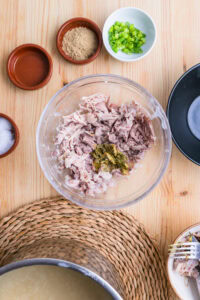
- Season the congee with the remaining salt, powdered broth, and white pepper. Mix everything carefully.1 teaspoon of powdered chicken broth, 0.5 teaspoon white pepper, 0.5 teaspoon salt
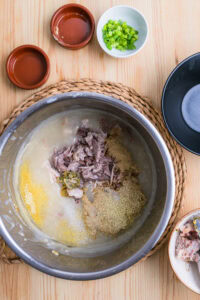
- Transfer the congee into individual bowls, and garnish each with a raw sliced century egg and some green onion. Cut your second century egg into eight slices and carefully arrange it in a circular pattern on the congee, and garnish with some green onion.Green onion
Notes
Nutrition
Culinary sources
I’ve adapted the recipe from the YouTube channel “Chinese Cooking Demystified”, which excellently explains the basic principles of congee in its videos. I plan to use this soon to develop a garlic congee. Stay tuned.
